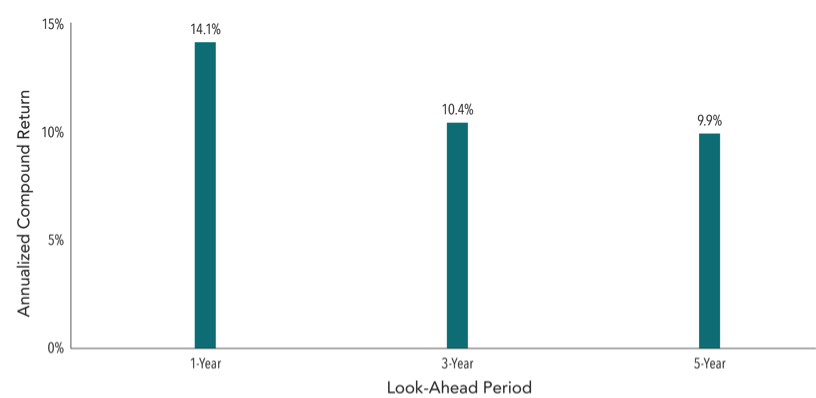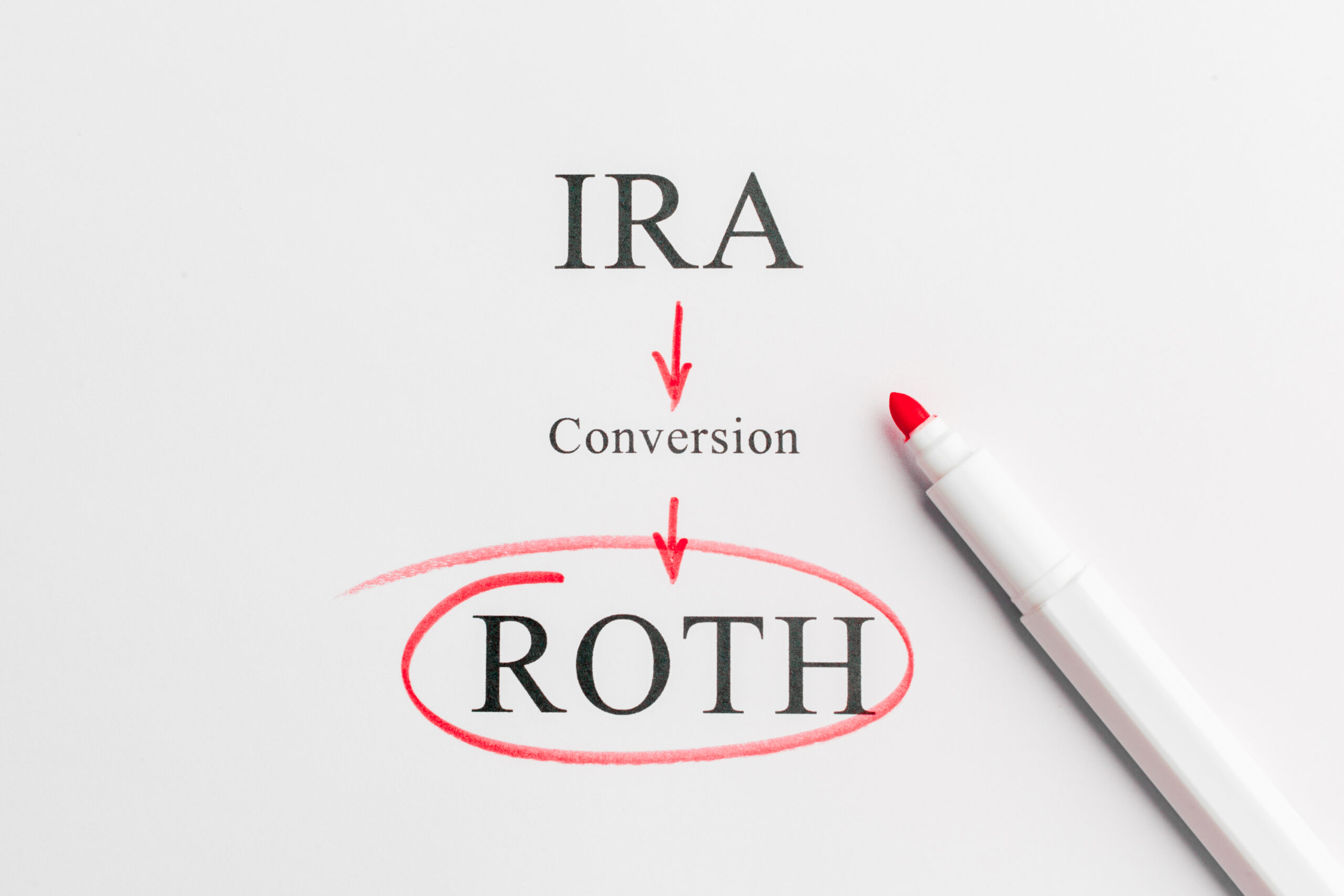For decades, you have diligently saved and invested so that one day, you would be able to retire comfortably. Now, you may be looking at your portfolio asking, “How do I go from putting money in, to taking money out?”
Building a successful retirement income plan has several moving parts. Planning for the “money-out” phase is often more complicated than the accumulation phase. In many ways, retirement income planning is similar to conquering Mt. Everest, where 80% of injuries occur not on the way up, but on the way down. The “descent” of your retirement plan, the distribution phase, is fraught with two significant risks: taxation and sequence-of-return risk. Both can significantly impact your chances for success. Let’s talk about each of these.
Taxation Risk
One costly mistake people make is to ignore the impact of taxes on their retirement income. Retirees who have multiple income streams from pre-tax and post-tax accounts need to know which ones to use, and when, to manage their tax bracket in retirement. Not understanding this can cause you to overpay in taxes throughout retirement.
The biggest surprise for many retirees can be when Required Minimum Distributions (RMDs) kick in at age 72, exacerbating an already unfavorable tax situation. Having not considered the impact of taxes in retirement, retirees find themselves wondering, “Why didn’t we plan for this?”
The Importance of Tax Diversification
Maximizing cash flow in retirement is a delicate balancing act. Consider how your income plan will impact your expected tax liability, so you don’t (1) draw down on your funds too quickly or (2) trigger significant tax events that will put a drag on your income. Taking too much out of deferred tax accounts in the beginning will increase your income tax rate early in retirement, but delaying withdrawals could result in larger RMDs –and a higher tax bracket—down the road.
To preserve a tax-friendly balance, your financial advisor will work with you to build a retirement income plan to minimize your tax burden through retirement. The goal will be to generate enough income to meet your ongoing cash flow needs while keeping your tax rate as low as possible.
Sequence of Returns Risk: The Early Years Matter
Another threat to your retirement income plan is sequence of returns risk. Said another way, WHEN you get your returns can be just as important as the actual returns. For investors who rely on their investment portfolio to generate income, the timing of market returns will significantly influence the overall likelihood of retirement success.
Timing risk works both ways—for better and for worse. A steep or prolonged market downturn in the early years of distribution can negatively impact your income and future purchasing power. In contrast, a prolonged market gain in the early years could boost the capacity of your portfolio to overcome future market declines.
For more on sequence of returns risk, watch my video, “A Hidden Investment Risk in Retirement: Sequence of Returns.”
While it is safe to assume that the market will generate positive returns over time, we know that it will experience periods of negative returns. This is simply the nature of the stock market. The critical factor is the timing of those negative returns. Unfortunately, no one can predict when a downturn will happen. So, let’s talk about how to protect yourself from unfortunate timing.
Countering Sequence of Returns Risk
In the stock market, there is only one way to lose money…if you sell. So, how can you keep from selling if you have a downturn in the early years of your retirement? With these three strategies:
- Build a portfolio that is generating income whether the markets go up or down. This can be a combination of dividends and interest to help you weather any market downturns.
- Keep a healthy amount in safe assets that have no risk of being impacted by down markets. Discuss the specific amounts with your advisor.
- Decide where you will pull safe cash from that is always accessible should you need excess cash when the market is down.
You Don’t Need to Go It Alone
Planning for the distribution phase of your retirement income plan is already complex, even before factoring in taxation and timing risk. Both can threaten a successful and secure retirement. Some strategies can minimize or counter those risks, but they require planning based on your financial circumstances and objectives. Working with a retirement advisor experienced in retirement income planning can ensure a financially secure retirement.






